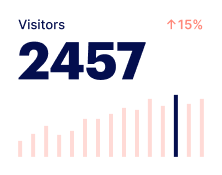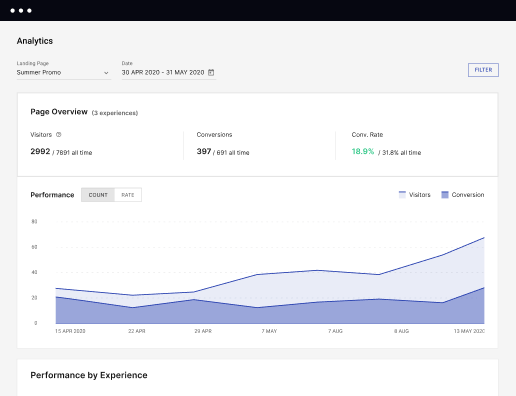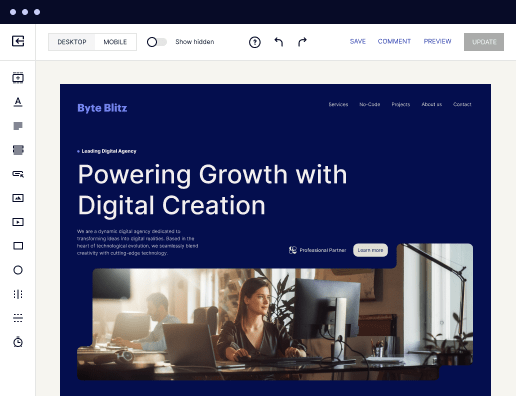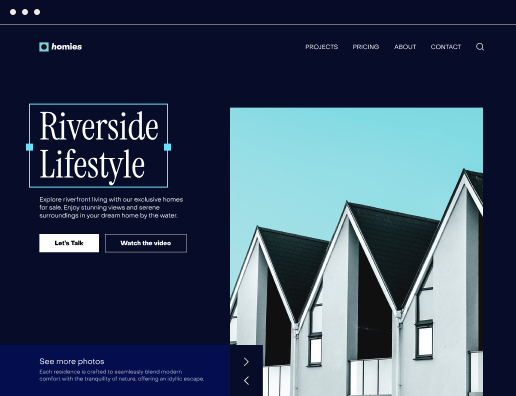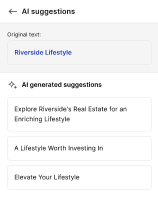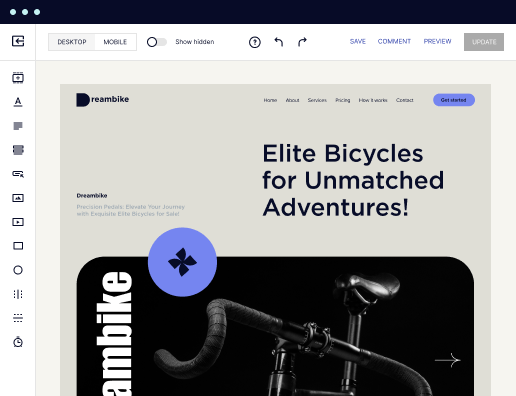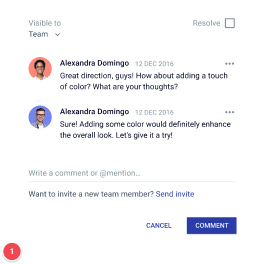Make your 403 forbidden page designed for Unix
Instapage empowers you to reduce costs, increase conversions, and deliver meaningful experiences on Unix.
How to create your 403 forbidden page on Unix with Instapage
Creating a 403 forbidden page on Unix is a necessity for website administrators to inform users when access is denied. Instapage, a robust landing page creation platform, allows marketers to design these informative pages quickly and effectively, enhancing user trust and engagement. By leveraging Instapage’s powerful features, businesses not only reduce costs but also improve conversion rates and overall user experience.
Understanding 403 Forbidden Status
A 403 forbidden status indicates that a server understands the request but refuses to authorize it. This status can stem from permission settings, directory access, or IP restrictions. Having a dedicated landing page for such errors ensures that users receive a clear explanation rather than a generic server error message.
- Informative Messaging: Clearly state that access is forbidden and provide reasons if applicable.
- Brand Consistency: Use your brand colors and design to maintain trust even in error messages.
- Call-to-Action: Encourage users to return to the home page or contact support for assistance.
Step 1: Set Up Your Landing Page
To begin, login to your Instapage account. Use the intuitive drag-and-drop editor to create a new landing page specifically for your 403 forbidden message.
- Select a Template: Choose from the library of 100+ conversion-focused layouts to find one that suits your message.
- Customize Content: Add personalized text that informs users about the forbidden access clearly.
- Incorporate Visuals: Include images or graphics that resonate with the branding of your site.
Step 2: Optimize for User Experience
Next, ensure that the page is optimized for higher conversions and easy navigation back to your main site.
- Add a Search Bar: Allow users to search for other content if they have reached an error.
- Use Dynamic Text Replacement: Personalize messages to match the referring URL to better explain the access issue.
- Track Performance: Use Instapage’s built-in analytics to monitor traffic to the error page and gather insights for improvements.
Step 3: Conduct A/B Testing
Finally, utilize Instapage's built-in experimentation features. A/B testing different versions of your 403 forbidden page can help determine what messaging is most effective at retaining user trust.
By following these steps, marketers in various sectors can effectively handle access issues and maintain customer engagement.
Ready to improve your website's user experience? Start building your 403 forbidden page on Unix today with Instapage and tailor it to your audience!
Get more out of Create your 403 forbidden page on Unix
Improve your Quality Score with quick load technology for landing pages
Increase conversions with content that aligns with your ads and audiences
Achieve maximum ROI by scaling your marketing initiatives
Leading the way in building high-performing landing pages





FAQs
See how to create your 403 forbidden page on unix in action
Ready to skyrocket conversions?
Supercharge your ad campaigns with high-performing landing pages.
Get started
